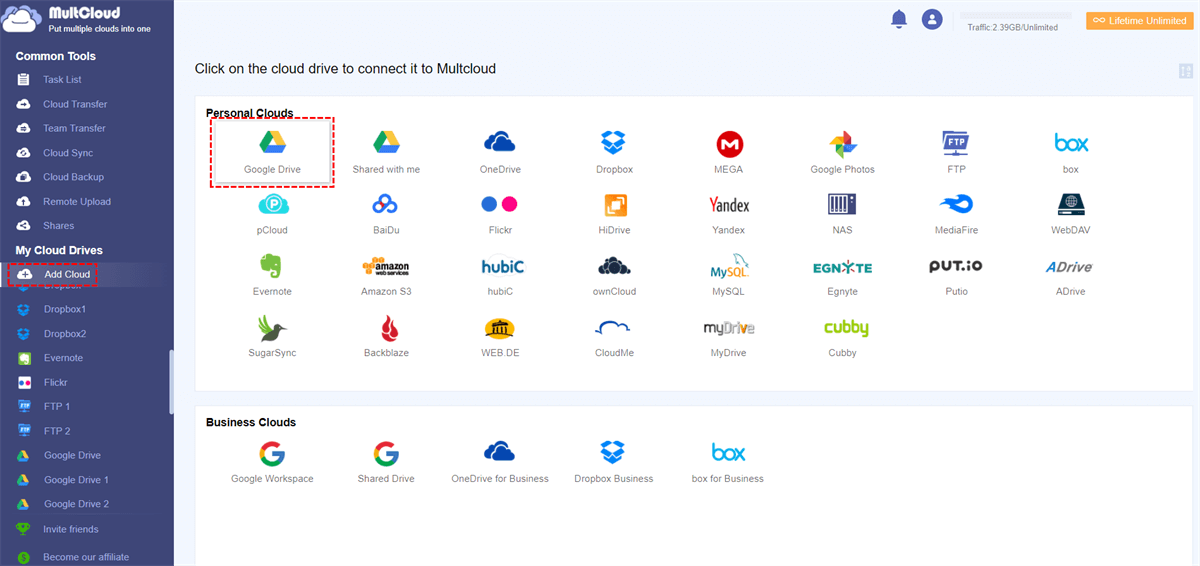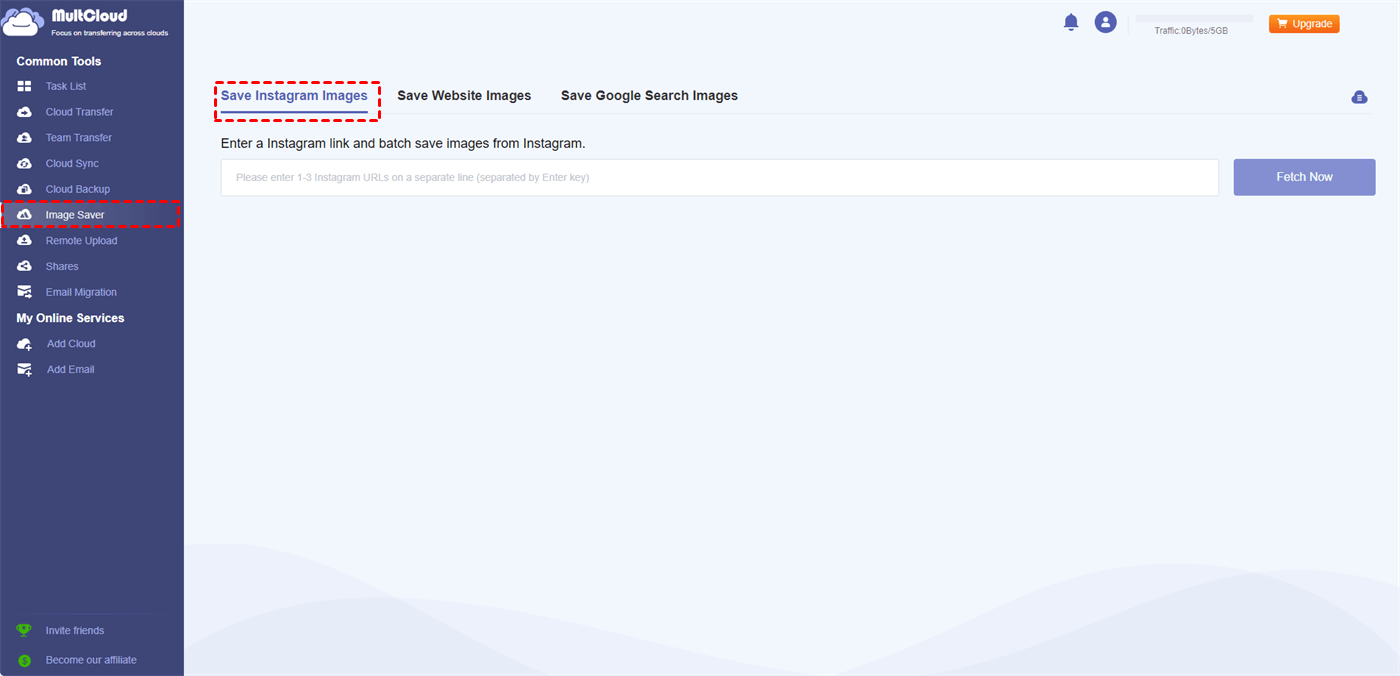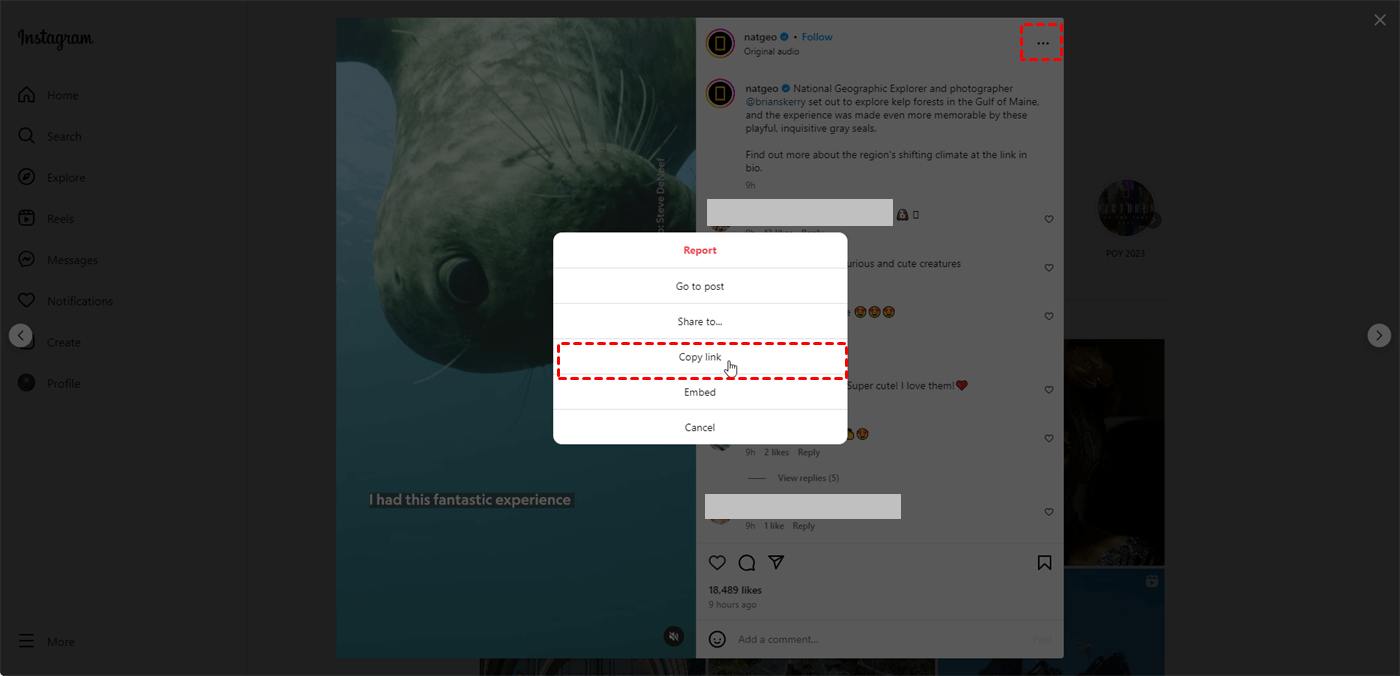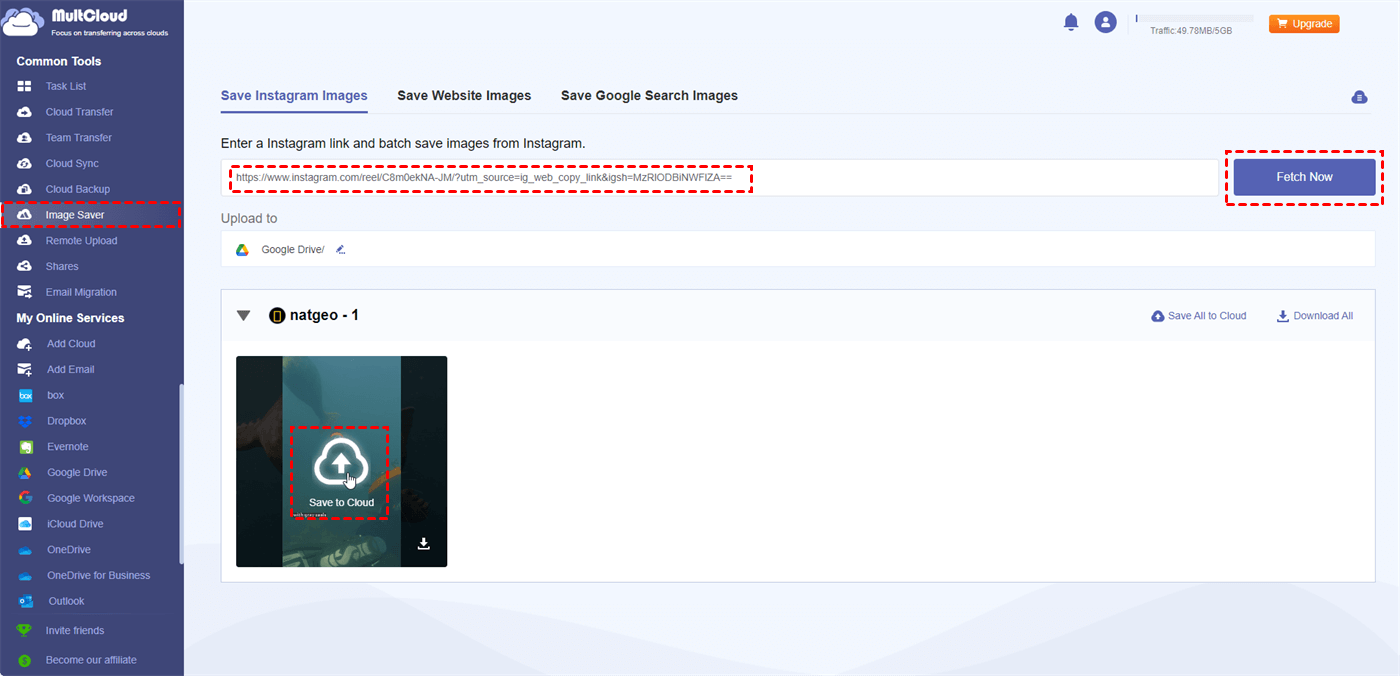Preface
Google Drive has become a go-to platform for storing and sharing files, including videos. However, many users wonder: Does Google Drive reduce video quality? In this article, we'll delve into this question and explore how you can check, adjust, and improve video quality on Google Drive.
Does Google Drive Reduce Video Quality?
The answer to the question "Does uploading videos to Google Drive reduce quality" is no. Google Drive does not reduce video quality. It stores videos in their original quality, preserving the fidelity of your content. When you upload a video to Google Drive, it retains the original quality of the video. This means that if your video was recorded in high definition (HD) or any other quality, Google Drive will keep it that way. There is no automatic reduction in video quality by Google Drive unless you choose to compress or convert the video yourself.
How to Check Video Quality on Google Drive?
To check the video quality of a file on Google Drive, you can follow the steps below:
Step 1. Right-click on the video and select "Open with" > "Preview".
Step 2. Click the 3-dot icon in the upper-right corner and choose "Details" in the dropdown menu.
Step 3. Check the video quality by navigating to "Dimensions". For example, 1920x1080 for 1080p or 3840x2160 for 4K.
Note: If you upload a 1080p video and find it blurry when previewing it on Google Drive, you can change the Google Drive quality settings by opening the video > clicking the gear icon > tapping "Quality" > choosing 1080p. After that, you can replay the video to see if it becomes clear.
Tips to Improve Video Quality on Google Drive
If you're looking to enhance the quality of your videos on Google Drive, there are several steps you can take.
1. Use Video Editing Software: Video editing software like Adobe Premiere Pro, Final Cut Pro, or even free options like Shotcut or DaVinci Resolve can help you improve the clarity, color, and overall quality of your videos. You can adjust brightness, contrast, saturation, and apply filters to enhance the visual appeal of your videos.
2. Use Video Compression Tools: Video compression tools like HandBrake, FFmpeg, or online services like Clipchamp can help you reduce the file size of your videos without compromising too much on quality. These tools use various compression algorithms to retain as much quality as possible while reducing the file size.
3. Optimize Encoding Settings: When compressing videos, pay attention to the encoding settings. Using the right combination of codec, bitrate, resolution, and frame rate can help you achieve a balance between file size and quality.
4. Consider Resolution and Bitrate: Higher resolutions and bitrates typically result in better quality but also larger file sizes. Consider your target audience and the platforms where your videos will be viewed to determine the optimal resolution and bitrate.
5. Use Stable Internet Connection: When uploading or downloading videos to Google Drive, ensure you have a stable internet connection to prevent interruptions that could affect the quality of your videos.
6. Back Up Original Files: Before making any edits or compression changes, always back up your original video files to prevent loss of quality. You can store these files on Google Drive or another storage solution.
By following these steps, you can enhance the quality of your videos on Google Drive and ensure they look their best when viewed by others.
How to Upload Video to Google Drive Without Losing Quality
Google Drive does not compress the video quality so you can use the common way to upload a video to it without losing quality:
1. Open the Google Drive website.
2. Click "+ New" in the upper-left corner and choose "File Upload".
3. Select the video and tap "Open" to upload it.
It is quite simple to upload a video from your device to Google Drive, but have you ever thought of uploading an Instagram video to Google Drive? Do you want to download it and then upload it as usual? There is a better way! MultCloud gives you a function called "Image Saver" which can help you directly upload the original Instagram video to Google Drive. Image Saver will remain the highest quality of the video and there will not be any extra watermark on the video.
Let's see how to save Instagram videos to Google Drive without losing quality on MultCloud.
Step 1. Enter the MultCloud website and sign up for a free account.
Step 2. Select "Add Cloud" and the Google Drive logo to add your Google Drive account to MultCloud.
Step 3. Click "Image Saver" in the left sidebar and the "Save Instagram Images" tab.
Step 4. Navigate to your desired video on Instagram and open it. Then, click the 3-dot icon and choose "Copy link".
Step 5. Back to MultCloud, paste the link into the blank, and click "Fetch Now". Then, put your cursor on the video and click "Save to Cloud". Now, you can open your Google Drive and check if the video is saved there.
Conclusion
Does Google Drive reduce video quality? The answer is no. Google Drive does not reduce video quality by default. It stores videos in their original quality, preserving their fidelity. However, if you're concerned about storage space, you can choose to upload videos in a compressed format. By understanding how Google Drive handles video quality and utilizing the right tools and settings, you can ensure that your videos look their best on Google Drive.

- Cloud Transfer: Move one cloud data to another without download and re-upload.
- Cloud Sync: Sync data across clouds seamlessly in real time.
- Cloud Backup: Dynamically backup and restore files between clouds.
- Automatic: Set up a schedule to make task automatically run as preferred.
- Offline: Transfer, sync or backup cloud data online without going through local.
- Efficient: Access and manage all your clouds with a single login.
MultCloud Supports Clouds
-
Google Drive
-
Google Workspace
-
OneDrive
-
OneDrive for Business
-
SharePoint
-
Dropbox
-
Dropbox Business
-
MEGA
-
Google Photos
-
iCloud Photos
-
FTP
-
box
-
box for Business
-
pCloud
-
Baidu
-
Flickr
-
HiDrive
-
Yandex
-
NAS
-
WebDAV
-
MediaFire
-
iCloud Drive
-
WEB.DE
-
Evernote
-
Amazon S3
-
Wasabi
-
ownCloud
-
MySQL
-
Egnyte
-
Putio
-
ADrive
-
SugarSync
-
Backblaze
-
CloudMe
-
MyDrive
-
Cubby

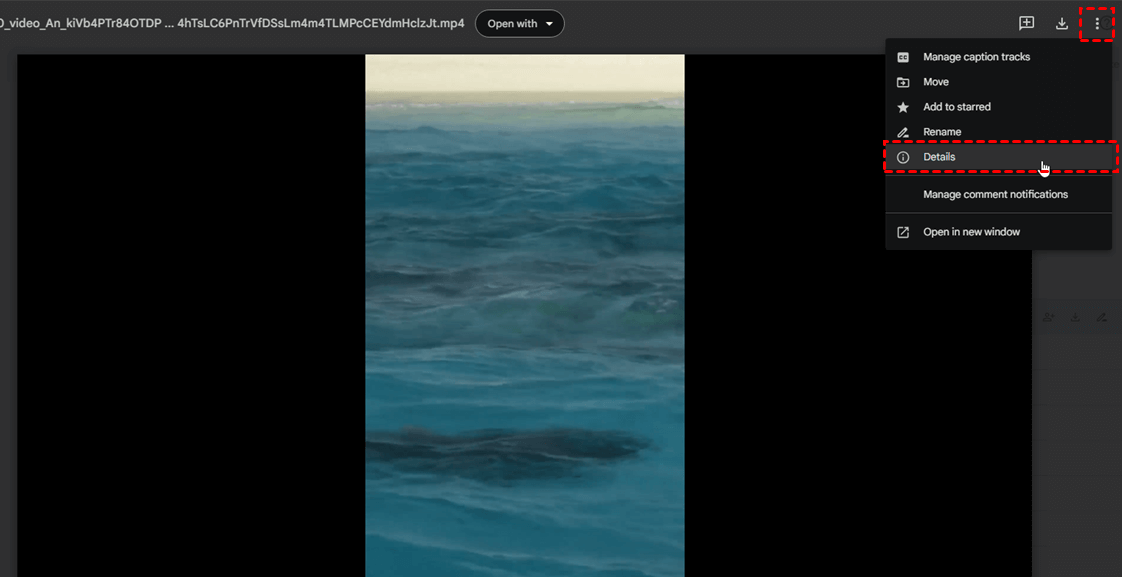
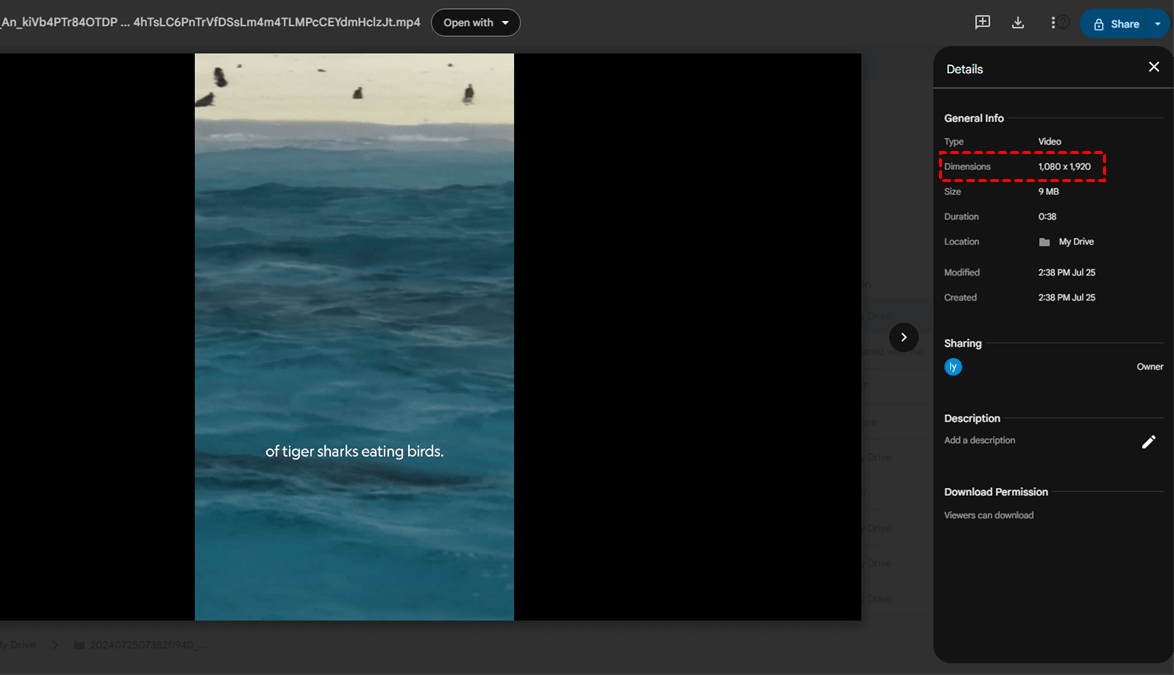
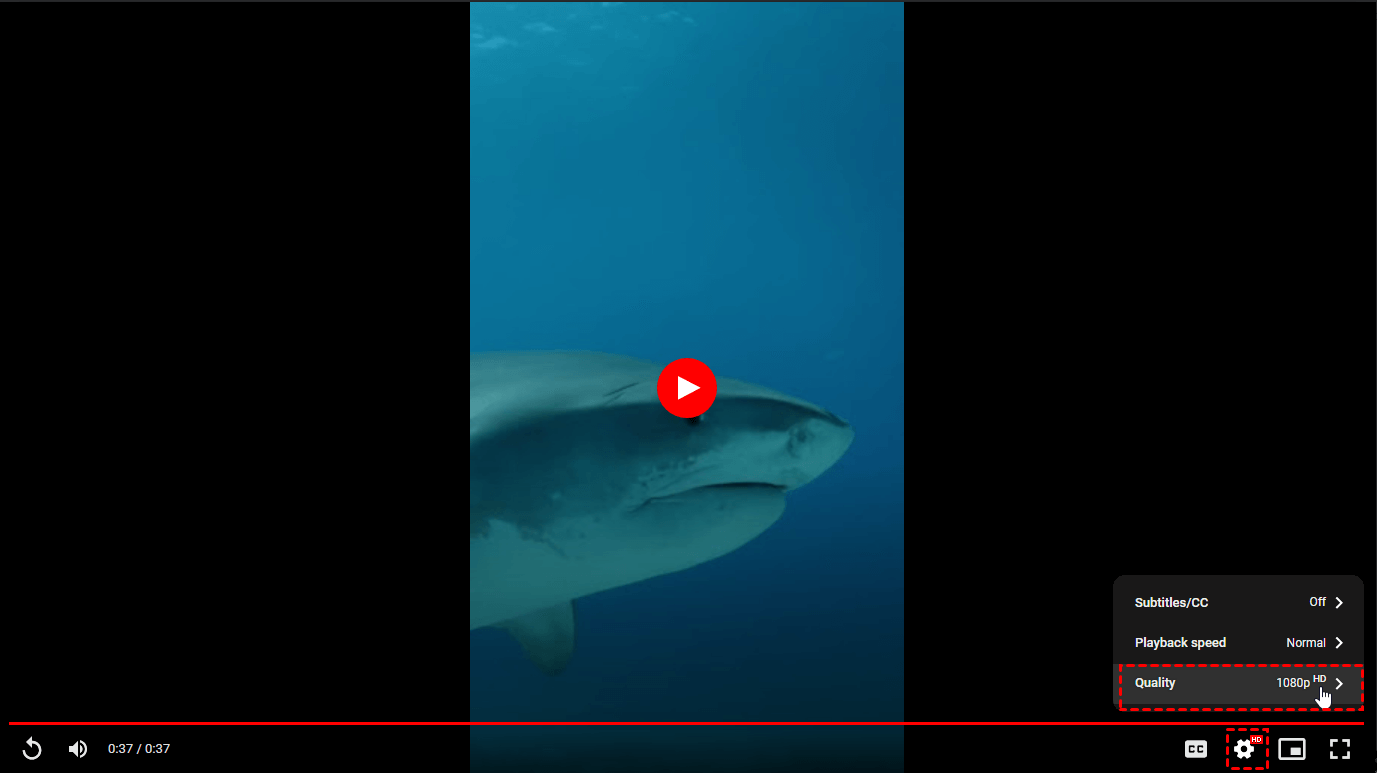
.png)
